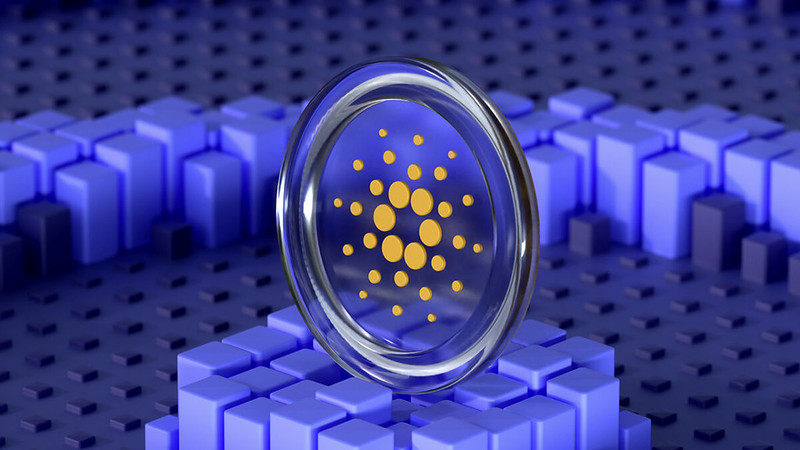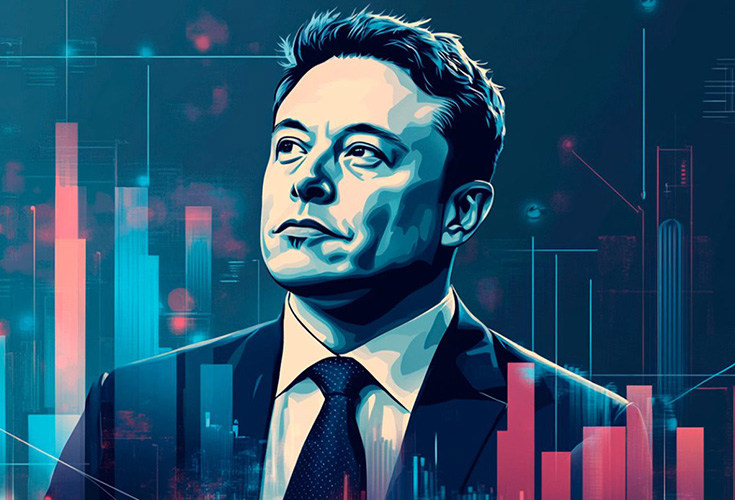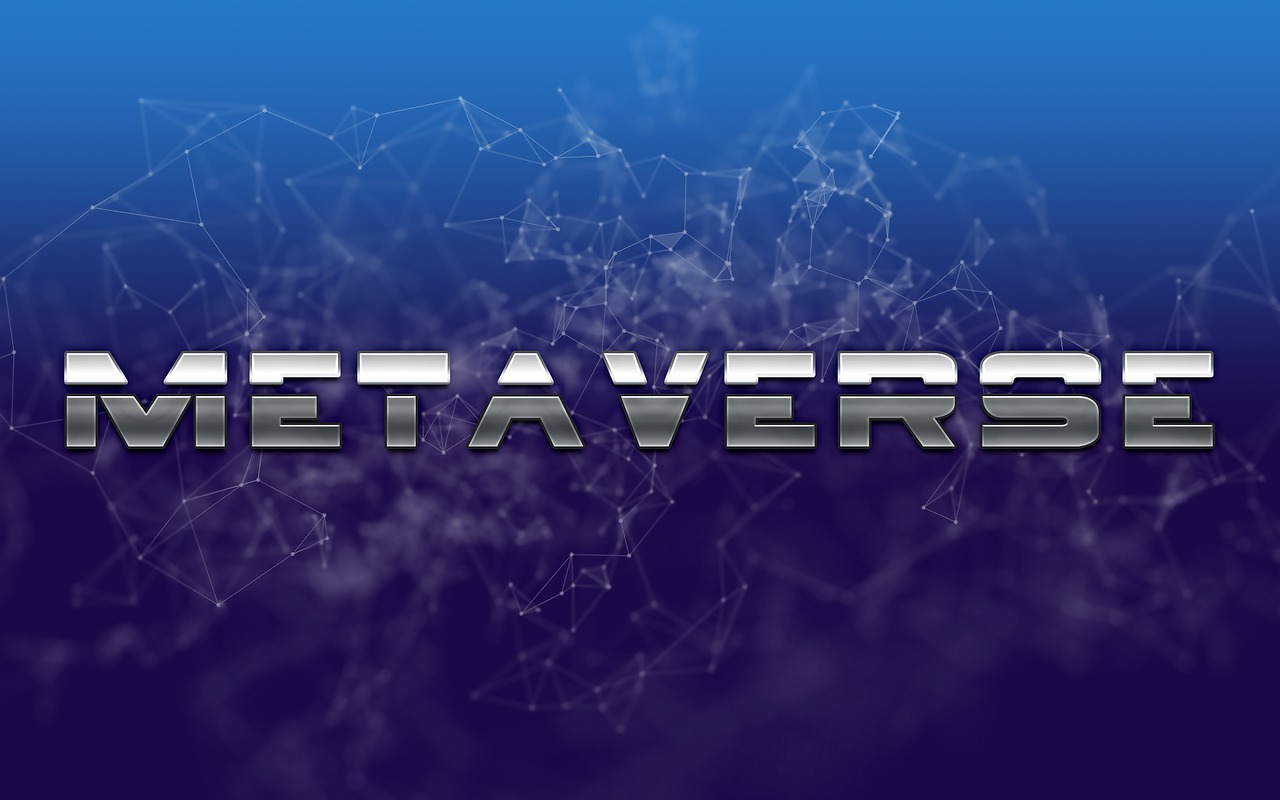Cardano’s Upcoming Stablecoin: Why It Could Be A Game Changer

Stablecoins have become more important in the blockchain world recently, especially after the rise of Decentralized Finance (DeFi) in 2020. DeFi has expanded the use of stablecoins beyond protecting investors from the ups and downs of cryptocurrencies like Bitcoin.
In early 2023, the United States Department of Agriculture (USDA) plans to introduce a new stablecoin on the Cardano blockchain. According to a recent blog post, this new addition is expected to enhance the value of Cardano’s Web3 ecosystem of decentralized applications.
It will also be the first in a series of fintech products offered by EMURGO’s “Anzens” suite. Furthermore, Cardano has a limited number of stablecoins compared to Ethereum. Cardano’s growing decentralized finance (DeFi) ecosystem requires stablecoins to allow the community to manage its risk.
What Are Stablecoins?
Stablecoins link cryptocurrency and traditional fiat currency by anchoring their value to a reserve asset such as the U.S. dollar or gold, resulting in far less instability than coins like Bitcoin. This creates an improved type of digital money for making everyday transactions or transfers between different exchanges.
Stablecoins have gained immense popularity due to their unique blend of stability from traditional assets and flexibility from digital assets. Billions of dollars have been invested, making them popular for storing and exchanging value in the crypto market.
Types Of Stablecoin
Stablecoins come in different forms with the framework provided:
- Fiat-Backed Stablecoins: These are stablecoins that are backed by real-world currencies in a one-to-one ratio.
- Commodity-Backed Stablecoins: These stablecoins use commodities like gold, real estate, or metals to maintain their stability.
- Crypto-Backed Stablecoins: These stablecoins are backed by one or more cryptocurrencies.
- Algorithmic Stablecoins: These stablecoins use algorithms to regulate their supply and maintain stability in the market.
Types Of Stablecoins At Cardano
Cardano provides two types of stablecoins, each with specific characteristics and advantages:
Fiat-backed Stablecoins
These stablecoins are issued for every $1 deposited in a reserve and are backed by a U.S. dollar. Despite being stable, these assets have faced criticism for their centralization and lack of transparency in their auditing system. Anzens has joined forces with a US-based financial services firm to enhance security for stablecoins on the Cardano network and alleviate worries.
Super-collateralized Algorithmic Stablecoins
These stablecoins, such as Djed, use algorithms to maintain stability and are not backed by fiat money. To ensure stability, they must have more assets backing them than they have in circulation. In the case of Djed, its price stability is maintained by balancing its supply with that of the backup token SHEN.
What Is Cardano’s USDA Stablecoin?
Cardano’s USDA stablecoin is a digital asset backed by the U.S. dollar and will be launched by EMURGO, the commercial arm of the Cardano blockchain, in early 2023. This stablecoin will be the first fully fiat-backed and regulatory-compliant stablecoin in the Cardano ecosystem.
How USDA Stablecoin Works
Based on user demand, the USDA stablecoin operates by issuing or destroying coins at a fixed exchange rate of 1 USDA to 1 USD. This ensures that each USDA coin is supported by a corresponding US dollar held by a regulated US banking partner. The key to maintaining the currency’s stability is proper management of reserves to ensure a 1:1 backing ratio.
How USDA Be A Game-Changer For Cardano DeFi
Vineeth Bhuvanagiri, Managing Director of EMURGO, the commercial arm of Cardano, has expressed his views on the upcoming USDA stablecoin and its impact on the DeFi sector of the blockchain platform. In a recent discussion, he discussed the benefits of stablecoins and centralized exchange regulation. He also gave his thoughts on the current state and future of the industry.
Furthermore, Bhuvanagiri stated that the introduction of the USDA stablecoin would have a positive impact on the Cardano DeFi ecosystem. He also mentioned that the native assets on Cardano are structured in a way that makes it ideal for global payments and remittances.
According to Bhuvanagiri, the main factors distinguishing USDA from other stablecoins are its placement on the Cardano blockchain and its lower fees than other blockchain networks such as Ethereum. He stated:
Beyond that, it would also be like some metadata that we have the ability to embed within those tokens.
The company plans to start with tokenizing US dollars and to expand to tokenizing other real-world assets. The technology behind USDA will work with trusted financial institutions to digitize and tokenize assets that can be traded within the DeFi ecosystem.
Additionally, users can return their tokens to EMURGO, and EMURGO will release the underlying asset and provide physical delivery if needed for token redemption.
Key Factors that Set USDA Apart
USDA Stablecoin Reduces DeFi Risk
A sudden increase in the demand to exchange USDA stablecoins for another currency or asset could trigger a market correction. This occurs because, similar to other cryptocurrencies, the value of USDA fluctuates based on supply and demand.
Preventing Depegging
The designers of the USDA stablecoin aim to fix the exchange rate at 1 USDA to 1 USD by backing each USDA coin with a US dollar held by a regulated US banking partner.
However, a large-scale cash-out could result in a temporary debugging event where many USDA holders sell their assets for a different currency or asset. The supply and demand dynamics of USDA, like any other cryptocurrency, could cause prices to fluctuate above or below $1.
Transparency And Risk Management
EMURGO plans to release additional information about its reserves in the coming months. This will include monthly attestation reports as well as a technical whitepaper.
Optimal Design For Multiple Use Cases
It is unlikely that one design would be suitable for all scenarios. Various considerations, such as its intended use, desired level of trust minimization and decentralization, regulatory compliance across different jurisdictions, and scalability, influence the choice of the most optimal stablecoin. Therefore, Cardano’s ecosystem provides various designs of stablecoins to cover all possible needs.
EMURGO Fintech presents its USD-backed asset, the USDA, to provide organizations and individuals with a secure shield from market fluctuation. The Anzens platform and its product suite use this stable asset as a connecting tool between centralized and decentralized finance.
Conversion And Swaps
Emurgo will soon allow users to convert other stablecoins like USD Coin (USDC) and Tether (USDT) to USDA, in addition to tokenizing USD. Furthermore, the company has plans to facilitate conversions and swaps of cryptocurrencies like Bitcoin and Ethereum in the long run.
Investment In Cardano Ecosystem
The launch of USDA comes months after Emurgo announced plans to invest $200 million in the Cardano ecosystem to increase network participation.
EMURGO Avoids Stablecoin Mistakes
To avoid these mistakes, EMURGO has partnered with a regulated banking institution in the United States that holds the dollars tied to the stablecoin. The financial institution and auditors will make monthly attestations to guarantee that 100% dollars fully back the stablecoin reserves.
The stablecoin market has faced several controversies and problems over the years, according to Bhuvanagiri. He believes that many issuers have made mistakes, such as poor bookkeeping and accounting of assets.
Ensuring Physical World Asset Tied to Token
Bhuvanagiri emphasizes the need to constantly connect a token symbolizing a physical world asset to that asset to avoid the issues other stablecoin issuers encounter in the market.
Investor Confidence in Stablecoin Reserves
A stablecoin investor can redeem all their coins one-for-one for dollars at any time, with the assurance that the backing dollars exist.
Bhuvanagiri Balances Regulation in Crypto World
Bhuvanagiri stressed the importance of regulation in the crypto industry and warned against overregulation. When asked about the current state of stablecoin regulation, Bhuvanagiri stated that there is a “relatively good balance” but acknowledged that the answer is “a little bit nuanced.” Per Bhuvanagiri,
Where we’re currently at depends upon which jurisdiction you’re in. In the United States, […] at this point in time it’s a little bit on the left side, because as long as you have a certain level of licensing, or you partner with someone that [does], you’re able to issue a stablecoin.
Furthermore, The Lummis-Gillibrand Responsible Financial Innovation Act will introduce a limit on the number of entities that can become stablecoin issuers.
Bhuvanagiri believes regulation will be necessary for crypto exchanges, but users who hold and have full control over their coins do not require it. He thinks that regulation or licensing is necessary to protect customers and their funds when entrusting their private keys to others.
There has been a recent trend of participants moving towards DeFi after the collapse of the FTX exchange. However, centralized exchanges will probably still hold their place. Despite the ability to switch between crypto assets with DeFi, there is still a challenge in connecting with the real world.
Additionally, Bhuvanagiri stated that if a DeFi platform can be stopped or regulated, it is not a true DeFi platform and has an element of centralization. This element should be evaluated as a potential attack vector that could lead to the loss of customer funds.
Stablecoins Show Bright Future Ahead
Stablecoins have a promising future, according to an expert. The expert says, “Stablecoins are going to continue to grow because it’s one of the most prominent use cases within the crypto ecosystem.”
Benefits Of Stablecoins:
- An alternative to traditional remittances: Stablecoins can transfer money instead of traditional banking methods.
- High yields: Stablecoin issuers are looking for higher yields, given the high inflation and low-interest rates on US Treasuries. This could attract more people to invest in stablecoins.
Complementary to Central Bank Digital Currencies (CBDCs): As CBDCs become more popular, they will likely complement stablecoins. However, CBDCs are unlikely to have all the features of stablecoins. According to the expert, governments will never release a currency they cannot recall from circulation.
EMURGO’s Focus For 2023
EMURGO is focusing on simplifying the process of making small purchases using cryptocurrency this year. The company plans to integrate its regulated platform with Yoroi, its wallet platform, by the end of the year. Yoroi has about a million users. The goal is to enable users to quickly and easily move their crypto assets. Then, users can make purchases with a prepaid credit card within the wallet.
For example, someone could move their ADA coins into a regulated account. Then, they can use the card to pay for the coffee. Afterward, they can move their funds back to an anonymous wallet.








